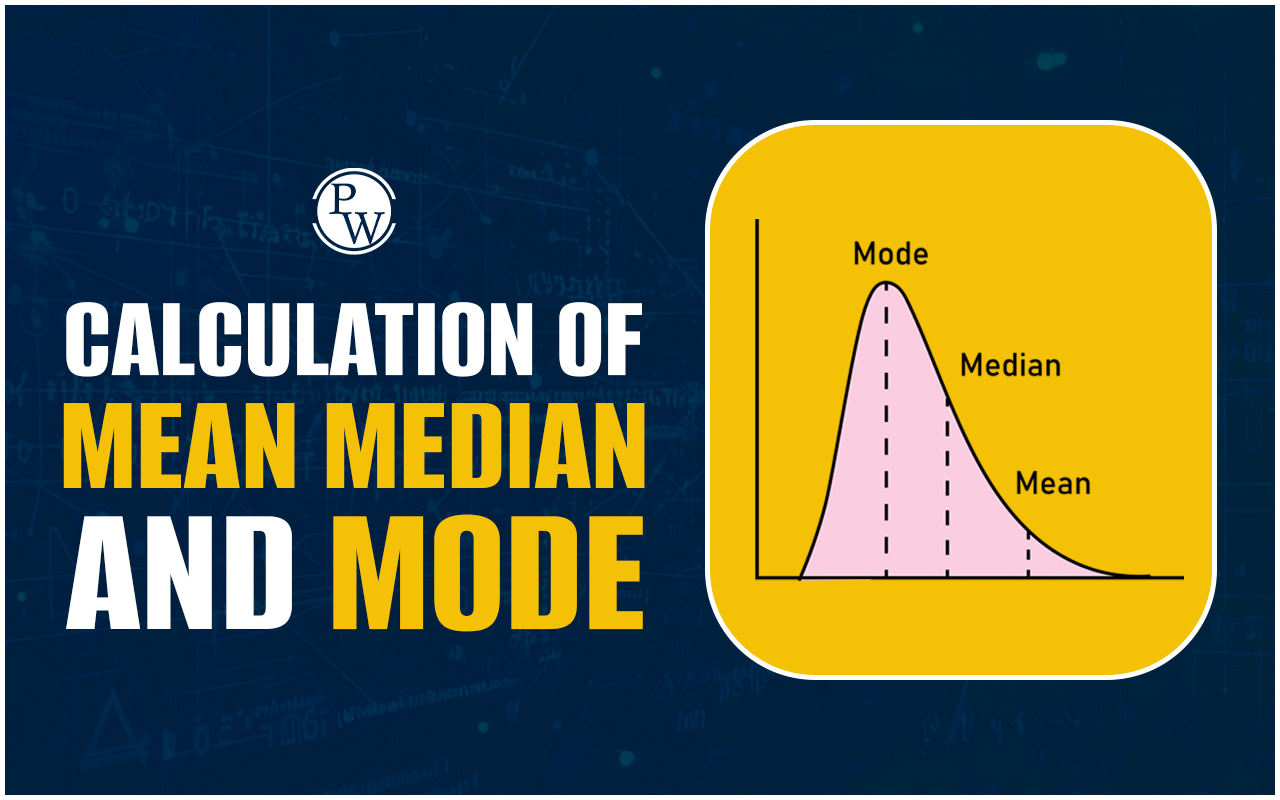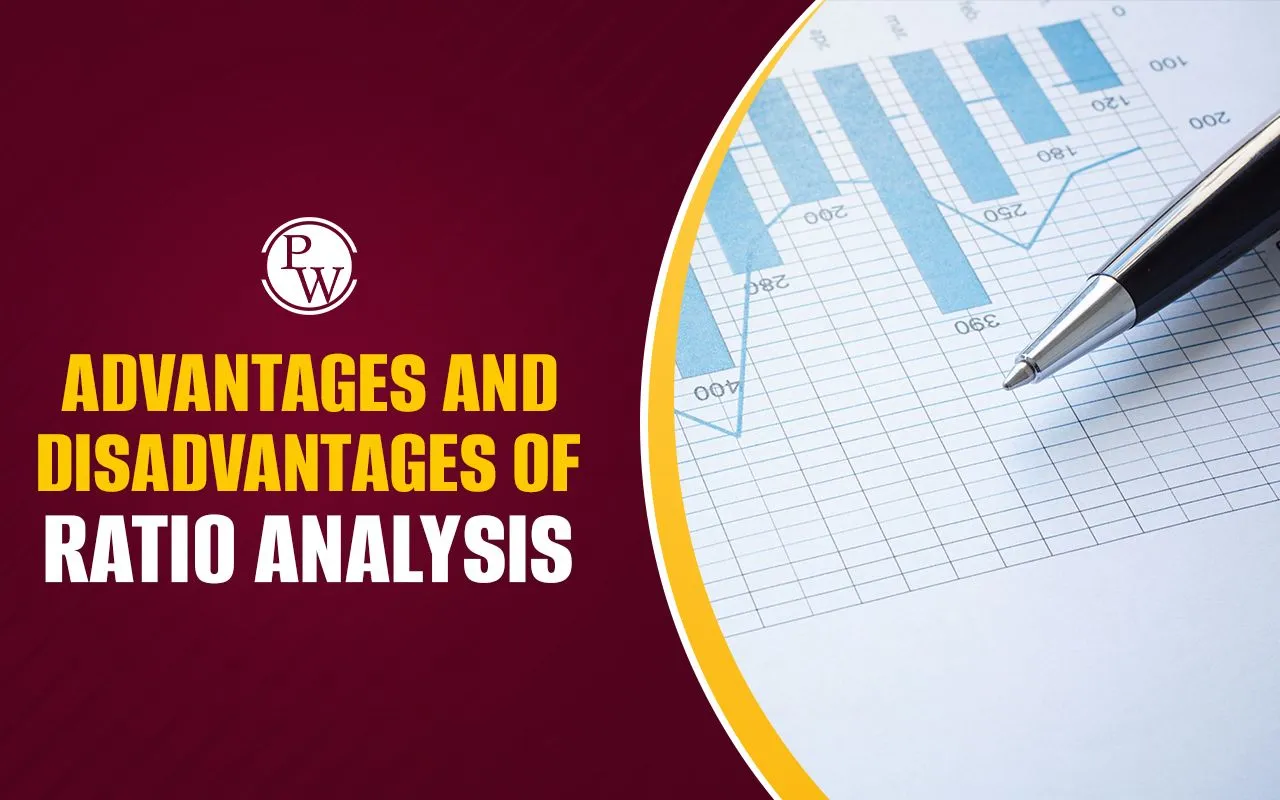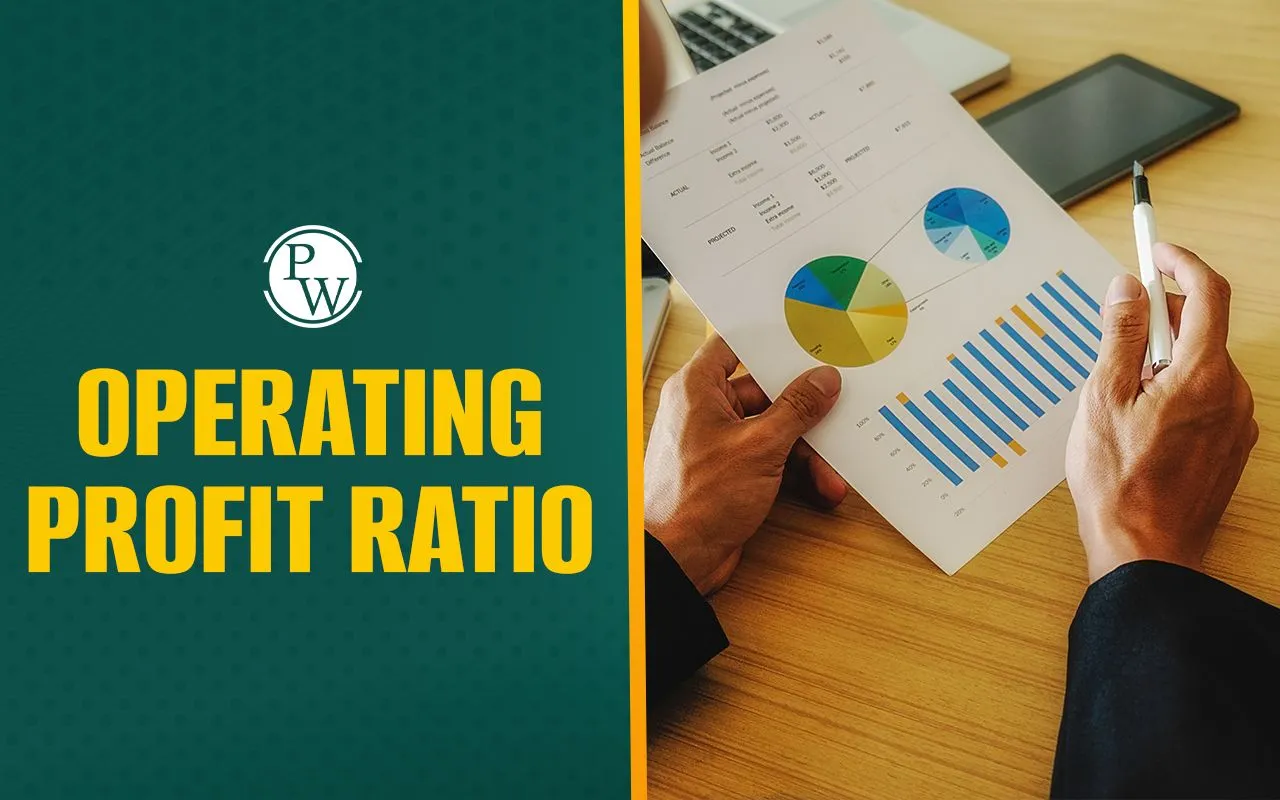

Bad debt is any credit issued by a lender to a borrower with no reasonable possibility of ever being repaid, in full or in part. Any lender, whether a bank or other financial institution, a supplier, a vendor, or an entity, may have bad debt on their books.
All organizations that sell their goods and services to clients on a credit basis must deal with bad debt, which is destructive to the business's financial health. By taking precautions for such situations, firms can streamline their procedures and be better prepared for major financial losses.
Bad Debt Meaning
Bad debt is an accounting phrase that defines a portion of accounts receivable (money owed to a company) that is no longer expected to be collected owing to causes such as insolvency, default, or a high chance of non-payment. It constitutes an economic loss for the creditor and is reflected as an expense on the company's income statement, decreasing its stated profits and assets.
Types of Bad Debt
In accounting, bad debt can be categorized into two primary types:
Consumer Bad Debt:
This type of bad debt occurs when individuals, typically consumers, fail to repay their debts. It often stems from personal loans, credit cards, or other forms of borrowing. Consumer bad debt is more common among individuals facing financial hardships, such as job loss or unexpected expenses, making it challenging to meet their financial obligations.
Commercial Bad Debt:
Commercial bad debt pertains to debts owed by businesses to other businesses. It occurs when a company fails to pay invoices, bills, or loans to its suppliers, creditors, or financial institutions. Commercial bad debt can result from a company's insolvency, mismanagement of finances, or economic downturns affecting the business's ability to meet its financial commitments.
Methods to Calculate Bad Debt
The two important types of debt calculation methods are provided below:
Allowance Method:
The allowance method is a commonly used accounting approach to estimate and record bad debt. This method involves two key steps:
- Estimating Uncollectible Accounts: Companies make an educated estimate of the portion of accounts receivable that may become uncollectible in the future. This estimation is based on historical data, industry trends, and the current financial condition of debtors.
- Recording the Allowance: Once the estimate is determined, it is recorded as an allowance for doubtful accounts on the company's balance sheet. This allowance represents the expected amount of bad debt that the company anticipates.
Direct Write-Off Method:
The direct write-off method is a simpler but less conservative approach. It is primarily used for smaller businesses and is not in accordance with Generally Accepted Accounting Principles (GAAP). Here's how it works:
- Write-Off When Uncollectible: Under this method, bad debts are recognized as expenses only when they are confirmed to be uncollectible. When a company determines that a specific receivable is uncollectible, it directly writes off that amount as an expense on the income statement.
- Not Based on Estimates: Unlike the allowance method, the direct write-off method does not rely on estimated future bad debt; instead, it recognizes bad debt only when it becomes certain that the debt will not be recovered.
Bad Debt Examples
Consider Raj, who has a credit card with a 50,000 rupee limit. Over time, Raj accumulates a balance of 30,000 rupees on his card, which he must pay back with interest. However, due to unexpected medical expenses and a loss of income, Raj cannot pay his credit card debt. As a result, the credit card company considers a portion or the entirety of his debt as bad debt because they believe it's unlikely he'll be able to repay it. They might eventually write off this amount as a loss, impacting their financial statements.
Bad Debt Journal Entry
Scenario: A business has determined that a customer's outstanding accounts receivable of 10,000 rupees is no longer recoverable due to their insolvency.
Journal Entry:
Date: [Insert Date]
Description: Recognizing Bad Debt Expense
Debit: Bad Debt Expense 10,000 rupees
Credit: Accounts Receivable 10,000 rupees
Explanation:
Date: The entry is made on the date when the company decides the debt is uncollectible.
Description: The description reflects the purpose of the entry, which is to recognize the bad debt expense.
Debit: Bad Debt Expense: We debit (increase) the Bad Debt Expense account by 10,000 rupees. This reflects the amount of the debt that we no longer expect to receive. The Bad Debt Expense is an income statement account, and this entry reflects an increase in expenses, reducing the company's reported profit.
Credit: Accounts Receivable: We credit (decrease) the Accounts Receivable account by 10,000 rupees. This acknowledges the reduced amount the company expects to collect from this specific customer. The Accounts Receivable account is a balance sheet asset account, and this entry reflects a decrease in assets.
Bad Debts Causes
Bad debts, also known as uncollectible accounts or doubtful debts, can result from various personal and business financial situations. Here are some common causes of bad debts:
Financial Hardships: Individuals or businesses facing financial difficulties may struggle to meet debt obligations. Sudden job loss, unexpected medical expenses, or economic downturns can lead to a lack of funds for repaying debts.
Poor Creditworthiness: Lending money to individuals or entities with a history of poor credit management and a high likelihood of default increases the risk of bad debts.
Insolvency: When individuals or companies become insolvent, meaning their liabilities exceed their assets, they may lack the resources to repay their debts.
Inadequate Screening: Inadequate credit assessment and screening processes can lead to lending money to individuals or businesses without a genuine capacity to repay.
Disputes or Legal Issues: Disputes between creditors and debtors, or legal complications, can delay or prevent debt repayment.
Economic Factors: Economic factors such as inflation, fluctuating interest rates, and changes in market conditions can affect borrowers' ability to repay debts
Fraud: In some cases, fraudulent activities by debtors can result in bad debts. For example, individuals or businesses may intentionally misrepresent their financial situation to obtain loans they have no intention of repaying.
Inaccurate Records: Poor record-keeping practices or errors in accounting can lead to misunderstandings between creditors and debtors.
Bad Debts FAQs
What is the difference between bad debt and doubtful debt?
How can businesses prevent bad debts?
What is a bad debt expense?
Can individuals claim bad debts as a tax deduction?
How does bad debt affect a company's financial statements?












